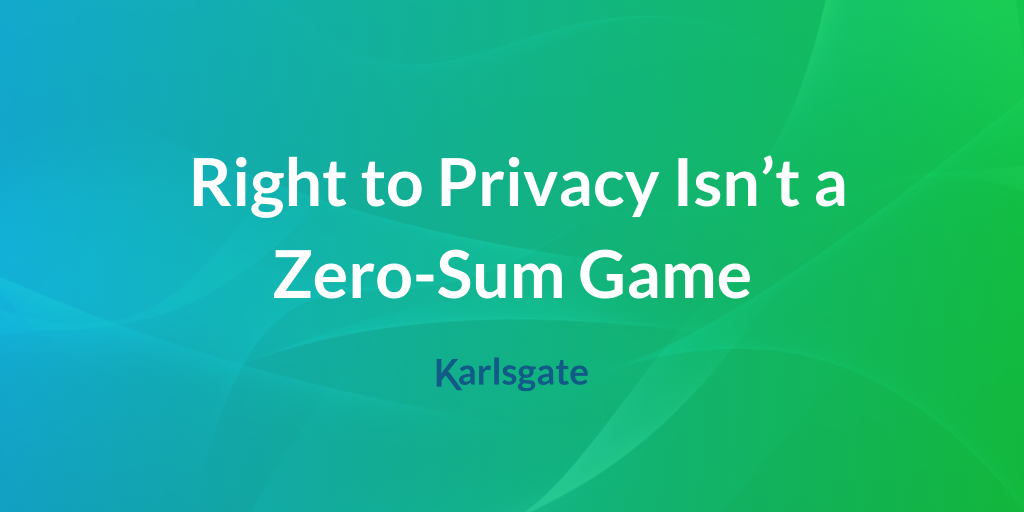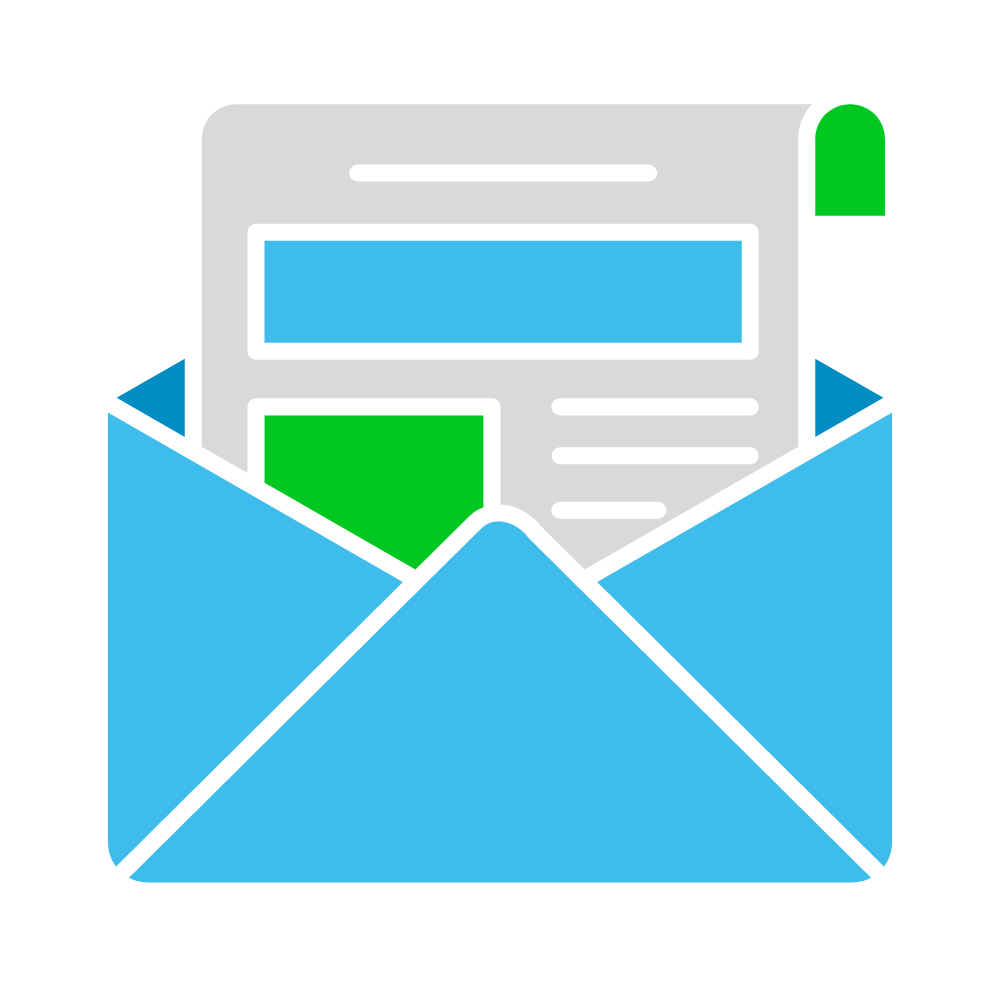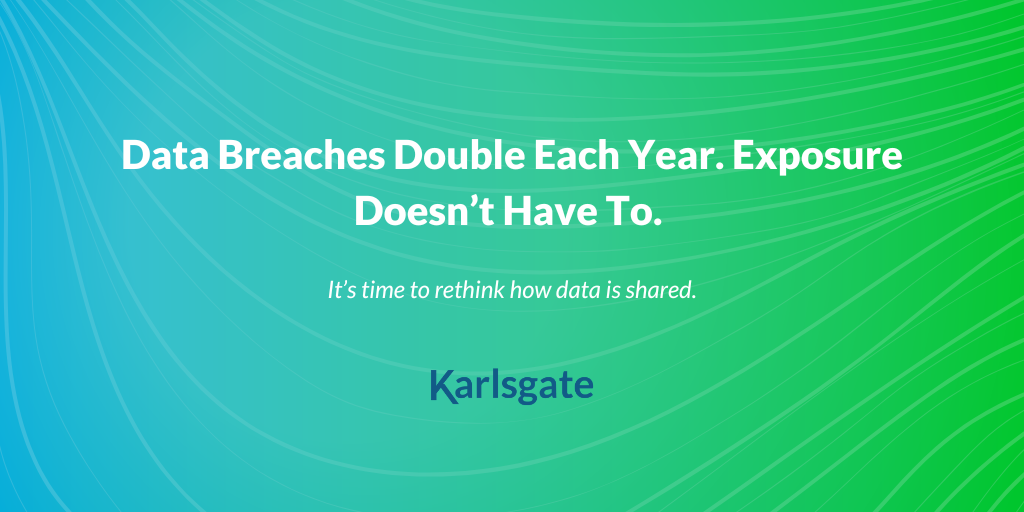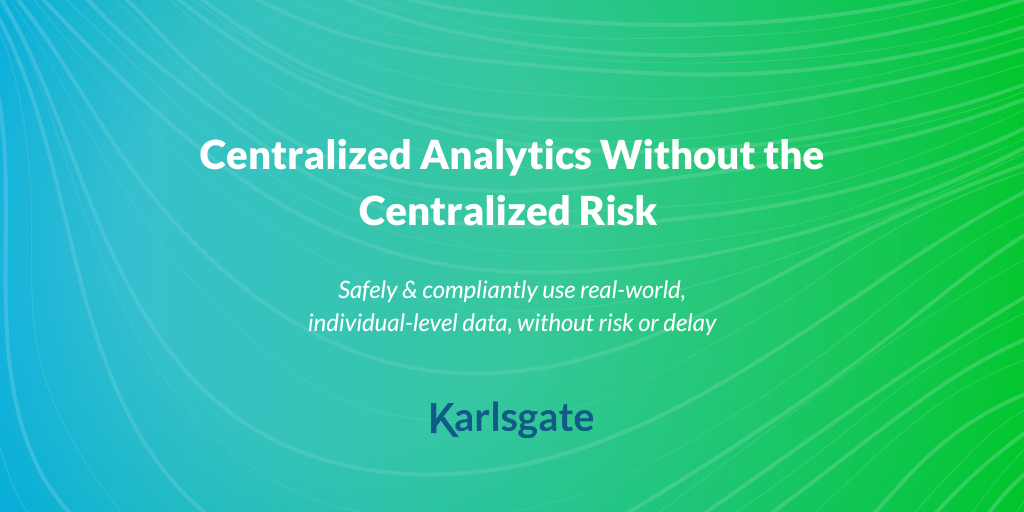The Linkage Problem: A Hidden Roadblock in Data Collaboration Industries like advertising, healthcare, and financial services depend on data collaboration for critical operations - from customer...
Envision a world where the path from a new medicine’s discovery to your doctor’s prescription unfolds not merely as a scientific experiment, but as a compelling real-life narrative. This narrative not only encompasses the findings from rigorous research and clinical trials... but also delves into what might be missing from those findings.
Enter real-world data (RWD) - the crucial missing puzzle piece in the quest for better healthcare. RWD enables us to pinpoint gaps in treatment, drives decision-making toward areas requiring further exploration, and ultimately, helps us to reduce inequities and improve outcomes.
As the value of newer and more sophisticated RWD gains traction, the FDA has issued several draft guidances surrounding using this type of data to inform and guide clinical trials and healthcare decision-making. It’s evident that the integration of RWD is poised to revolutionize the industry, bridging care disparities and fostering positive change in healthcare; let’s delve deeper into this transformative shift.
The Undeniable Impact of Real-World Data
RWD is already used extensively in the healthcare industry, influencing everything from refining treatments for existing drugs, to revealing side effects of medication, to the overall efficacy of healthcare interventions.
More importantly, RWD identifies treatment gaps, aiding decision-makers in targeted interventions. It can discern drug effectiveness across different cohorts of people, answer questions about unmet medical needs, and signals when a more diverse patient set is necessary.
The benefits of leveraging RWD in healthcare include:
- Insights Into Treatment Gaps: RWD serves as a valuable lens through which we can pinpoint disparities in treatment, revealing regions or demographics underserved or lacking access to specific treatments. With RWD, areas for targeted improvements can be identified.
- More Diverse Patient Populations: Clinical trials often involve a limited representation of the broader population. RWD helps identify subpopulations with specific characteristics or treatment responses within these groups, prompting the inclusion of a broader range of patients for a more realistic representation of treatment outcomes in the real world.
- Broader Clinical Context: In real-world settings, patients may have comorbidities, be on multiple medications, or have various lifestyle factors that could impact treatment outcomes. Real-world evidence takes into account this complexity, providing a more nuanced understanding of a treatment's effectiveness in the context of real-world clinical scenarios.
- Post-Market Surveillance: RWD plays a crucial role in post-market surveillance, helping to monitor the safety and effectiveness of treatments after they are released to the broader population. This ongoing monitoring can uncover rare adverse events or long-term safety concerns that may not have been evident in pre-approval trials.
- Better Informed Decision-Making: Physicians, researchers, regulators, and policymakers can make more informed decisions by considering real-world evidence alongside traditional clinical trial data. This comprehensive approach provides a more holistic understanding of a treatment's real-world impact, identify where there are health inequities that need to be resolved, and show areas that may need a more continued focus.
Ultimately, the integration of RWD allows researchers and healthcare professionals to gain a more comprehensive understanding of treatment outcomes, address gaps in care, and innovate to improve healthcare equity.
Real-World Data Faces Roadblocks
While real-world data (RWD) acts as the critical catalyst informing healthcare treatment decisions, driving the direction of future clinical trials and supercharging healthcare innovation, harnessing privacy-sensitive, individual-level data poses formidable challenges. These challenges include:
- data access
- data quality
- interoperability
- personal privacy
- compliance with ever-evolving security regulations
Traditionally, healthcare organizations have grappled with working at the individual patient level, with these challenges standing as the primary barriers to fully unlocking the potential of RWD. Maintaining a level of security well beyond the requirements of HIPAA has proven to be a considerable hurdle.
In the pursuit of linking identifiable data, organizations often resort to de-identification methods. However, this approach either exposes protected health information (PHI) to re-identification risks or diminishes the effectiveness of aggregated data, sacrificing the individual insights that are crucial.
As the healthcare industry confronts ongoing challenges in obtaining and utilizing this data, organizations must adapt by embracing innovative technologies that have the power to streamline the linking of real-world data without limitations – like Karlsgate.
Karlsgate Bridges the Real-World Data Gap
Karlsgate breaks through the traditional methods of trying to bridge RWD together – methods that fall short in effectiveness, security, and innovation. Our unique technology enables agile data collaboration at scale, seamlessly connecting diverse data sources and powering AI learning engines with advanced automation for precision and speed.
Our commitment to security is woven into every step of the data-sharing process. Privacy-enhancing measures seamlessly integrate into workflows, safeguarding sensitive data. Karlsgate provides a smooth path to RWD access, simplifying the journey towards addressing healthcare inequities and striving for improved outcomes.
In essence, Karlsgate offers a practical solution, bridging the gaps in real-world data to make healthcare data collaboration more effective, secure, and accessible for positive change. Ready to learn more? Check out our capabilities here.








